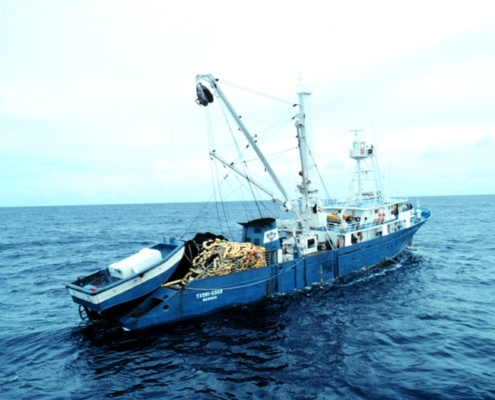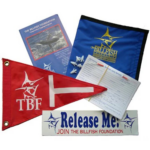As reported recently in the Tico Times, a new Costa Rican tuna law requires all purse seine vessels (none of which are owned by Costa Rican interests) to fish outside of 80 miles from shore. Previously, a 2014 Presidential Decree required the vessels to fish outside 45 miles. This, the Times reported, “created an amazing recovery for sportfishing, except for sailfish” catches, which increased with the commercial longline fishery. Sailfish are very important to the nation’s sportfishing eco-tourism trade, once earning the nation the recognition of Sailfish Capital of the World, now held by Guatemala.
Unfortunately, under current regulations, if a sailfish is brought alongside a commercial fishing vessel dead, it can be sold in Costa Rica. It is estimated that 15% of longline catches are sailfish, a number between 16,000 and 19,000 sailfish, estimated to reflect the equivalent of a 126% increase. A far lower percentage is reported by INCOPESCA, the nation’s fishery management agency. While purse seine vessels do catch some billfish as bycatch, and the 80-mile restriction will be of benefit to the overall conservation of sailfish, a more effective regulation would be to also limit long liners under the same restrictions, considering they account for such a larger percentage of sailfish bycatch by comparison. This new regulation doesn’t limit long lines in this area and possibly more can fish in the region.
A second part of the new law addresses the possibility of selling hook-and-line caught tuna during the slow tourist season, from May to November. This new addition to the law would increase the retention rate from 5 to 15 tunas per day. At this time, however, no details have been agreed upon by INCOPESCA for such options. Although something to consider is the president recently authorized the development of two additional tuna canneries. These will need to process more yellowfin, which will increase pressure on tuna landed by longlines and purse seine.
To stay up to date on all things billfish and highly migratory species, become a member, subscribe to our monthly newsletter, and follow us on social media, @TheBillfishFoundation.







